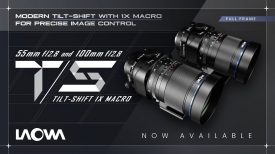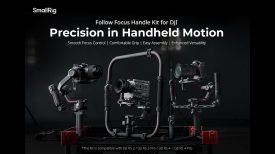The recent statement by Sigma that the upcoming cine versions of their 18-35mm and 50-100mm lenses are ‘near parfocal’ has caused some confusion to potential buyers. This is because several users have reported that their copies of the stills versions of the lenses actually hold focus when zoomed in and out.
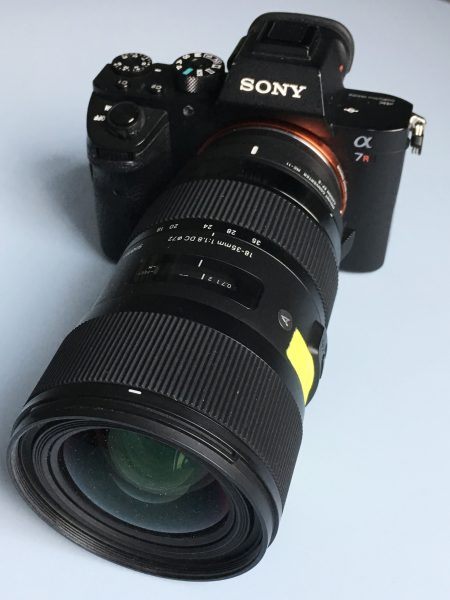
The cine lenses share exactly the same optics so, the reasoning goes, they should perform in the same way. Furthermore, the cine versions cost many times more and are made from precision-made metal parts. Surely they would have even better tolerances than their stills counterparts?
I have stills versions of the 18-35mm f1.8 in both Canon EF and Sony A-mount. Naturally, I wanted to try and verify what other people were seeing for myself. Just how well did they hold focus while zooming?
Up to this point I had assumed that my copies of the lenses did not hold focus perfectly when zooming. With all of my regular setups using Metabones adapters on A7 series and FS series Sony cameras I had previously thought that the lenses didn’t hold focus perfectly when zooming. There was always a noticeable shift with my Metabones MKIV Smart Adapter.
Reader Anthony Brown got in touch to say that he was 100 percent certain that his copy of the 18-35mm lens held focus while zooming, and sent me a video to prove it. He further explained that to get it to behave this way he used a Metabones Speedbooster on a Blackmagic BMCC MFT. By a process of trial and error he moved the Speedbooster lens elements forwards and backwards (which is a relatively straightforward user adjustment) until the Sigma held focus. So, as far as he was concerned the base lens itself was parfocal, but the backfocus of his adapter needed to be set first (something that he could do only because he was using a Speedbooster, and not a regular adapter).
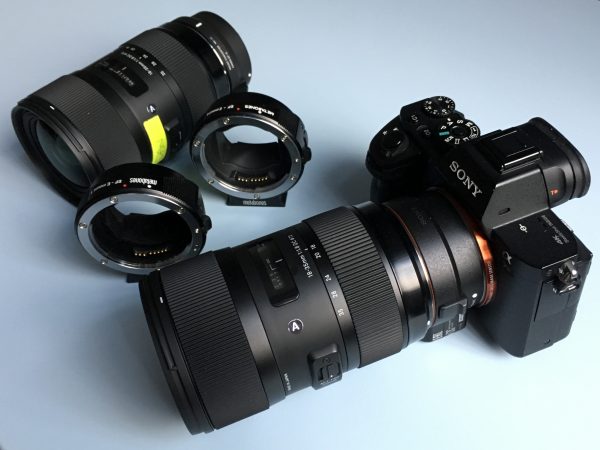
It is a well-documented fact that professional video lenses require backfocus adjustments, and cine lenses often need shimming, to get them to hold focus while zooming and have accurate witness marks. With ENG lenses, operators routinely check and tune the backfocus of their lenses using Siemens star patterns. With many PL cine lenses, and several of the better PL lens adapters, it is possible to make these adjustments.
This got me thinking more about adapters. What if it was my adapter that was out and not my lenses? What if other adapters were more accurate than the Metabones I’ve been using to begin with?

To test this I set about assembling a small collection of other adapters to test with my Sony a7R II. I got together a Metabones MKIII adapter, a Sigma MC11 and a Sony LA-EA3 adapter for my A-mount 18-35.
I did a series of shots with each adapter, making sure to check focus was accurate by viewing on my 55 inch 4K television. Each time I made sure to zoom in and out again several times to see if the lens held focus.
To my great surprise I found that the 18-35mm with MC11 combo held focus as I zoomed. The Sony A-mount 18-35mm with Sony’s LA-EA3 was a close second, being just slightly less accurate. My Metabones MKIII adapter wasn’t bad either, but the worst offender was my trusty MKIV – the adapter that had up to this point been my reference. I repeated the test near infinity and found the same results.
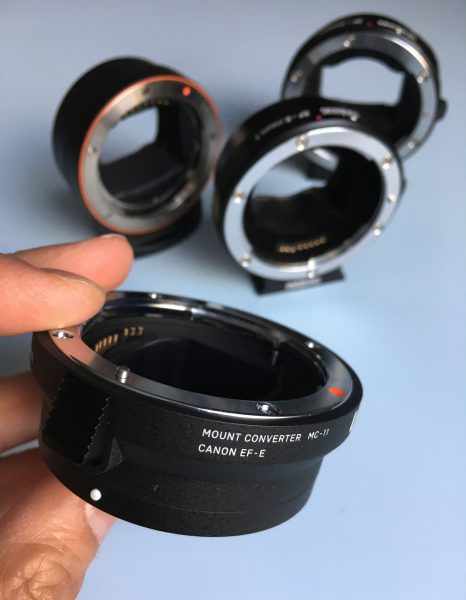
I then repeated the test with the MC11 and Canon fit 50-100mm and again it held focus while zooming. The Metabones MKIV was again off.
So why is this significant? Surely all these adapters and lenses need is a simple adjustment? Sadly, it’s not so simple. When using EF and E-mount stills lenses with electronic lens adapters, like the MC11 or Metabones, there is no straightforward option for adjusting the lens mount, or shimming the adapter or lens (the manufacturers can obviously adjust these but may be reluctant to do so).
Why is this so? All of these adapters are primarily designed for stills photographers who use autofocus. Having optimal flange distances is not a primary consideration because photographers generally aren’t bothered about the maintenance of focus while zooming. With my adapters there are only microns of difference in flange depth, but it’s obviously enough to make a significant difference.
These findings are not conclusive. Thousands of these lenses and adapters have been made and I would expect there to be variation between copies. Since doing the tests Anthony Brown has told me that he tested another 18-35mm and MC-11 with a Sony FS5 and it held focus. This means that at least two copies of the Sigma 18-35 and MC11 combination work well, but there is still no guarantee that other copies will do the same. It may well be that we just got lucky with our Sigmas, and unlucky with my Metabones. I also strongly suspect that some other users will have Metabones adapters that work perfectly.
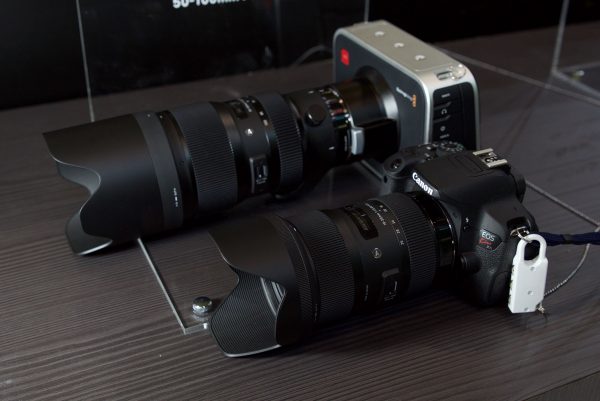
In addition, I have no way of knowing how representative the copies of the 18-35mm are – again maybe we just got lucky. Worse still, there is always the possibility that even if lens and adapter are perfect, the camera’s mount itself is not. Indeed there is evidence to suggest that not all native EF mount cameras are the same.
The only sure fire way to make sure you get the same results as I did with your adapter and Sigma stills lens combination would be to test them out on your camera before buying. If you are considering the upcoming EF and E-mount cine versions of the Sigmas I would recommend you also test them in the same way.
The simpler and more flexible alternative will be to opt for the PL mount versions of the lenses from Sigma, or get PL-converted versions that are shimmable like the G.L.Optics ones. By going for these you can adjust the lens mount yourself by trial and error, or send it to a specialist for a professional adjustment. If things move slightly over time, readjustment is easy. If you are using a Sony E-mount camera you can also shim the PL lens mount too if needed.
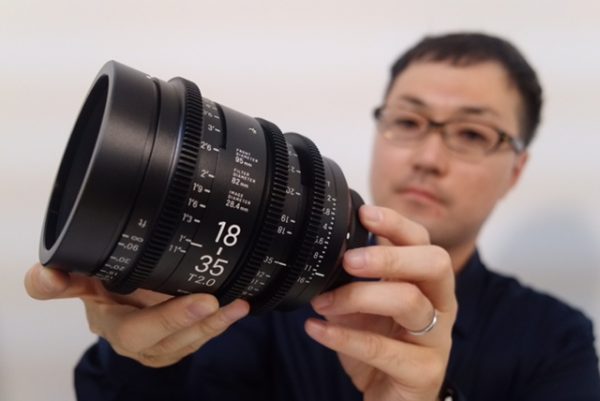
What I think the tests demonstrate is that it should be possible for a well-calibrated Sigma 18-35mm stills lens to hold focus from one of the zoom to the other, and back again – at least to my satisfaction. We could argue about whether this makes the lens parfocal, but I would say whether it is technically parfocal, or not, is largely irrelevant for the kind of uses I would put the lens to. Ultimately, it is good enough for me.



